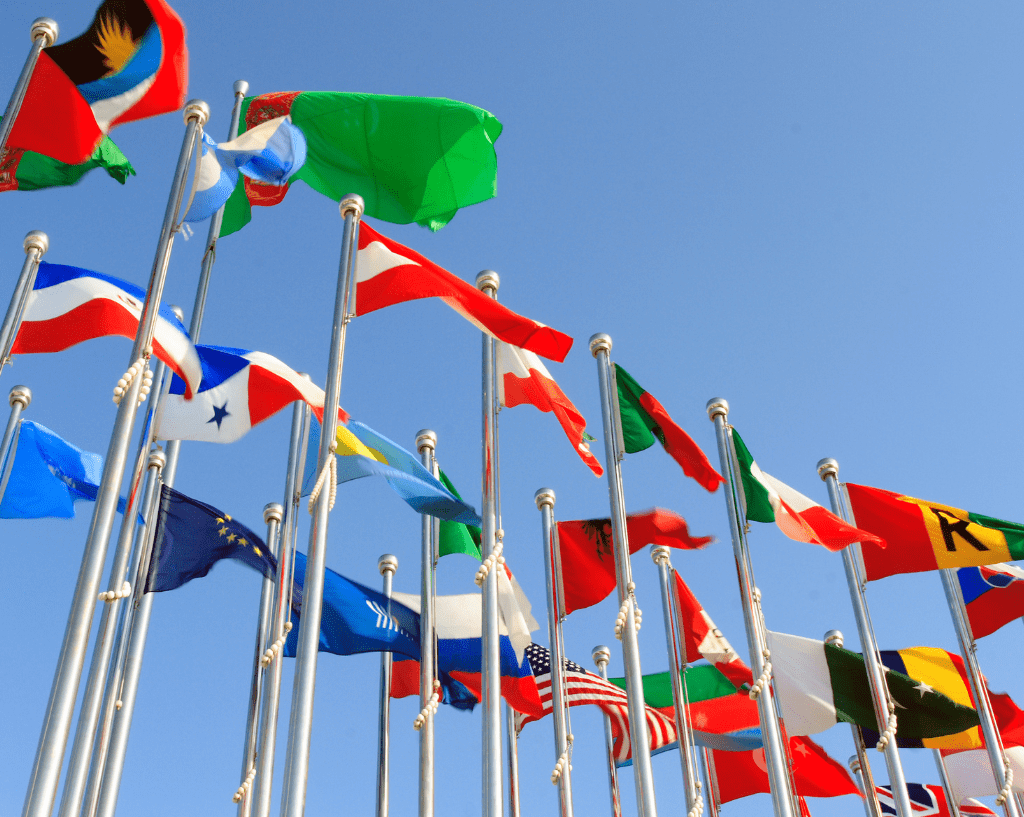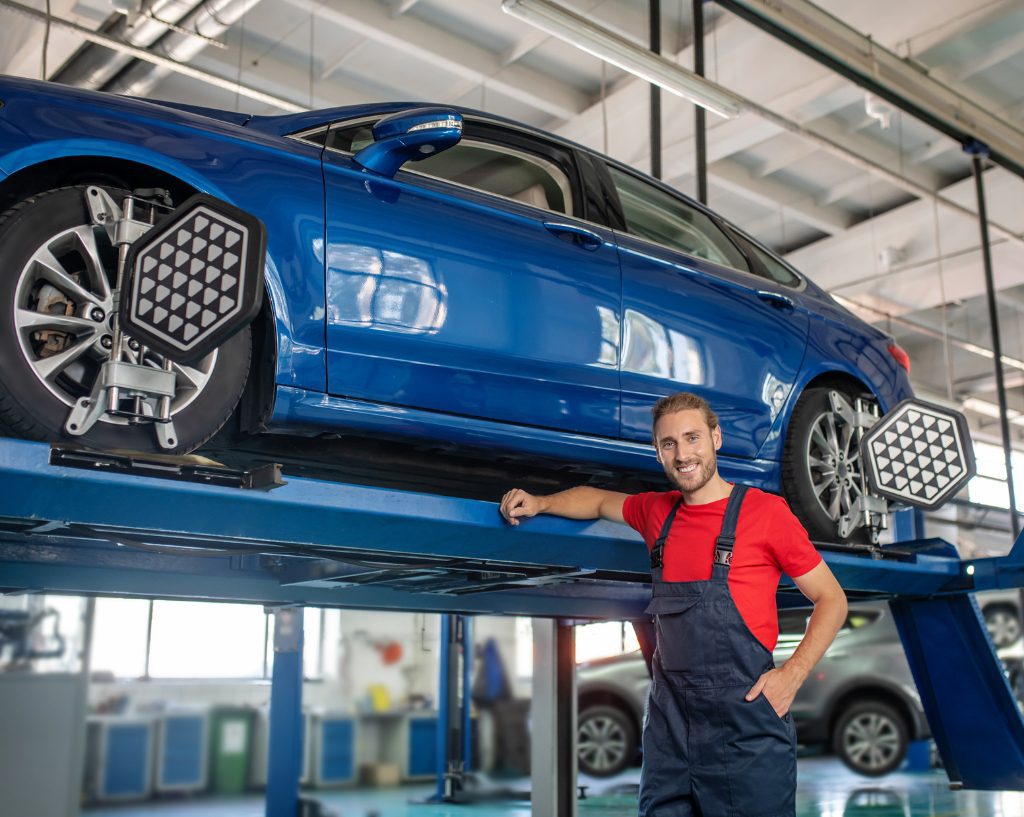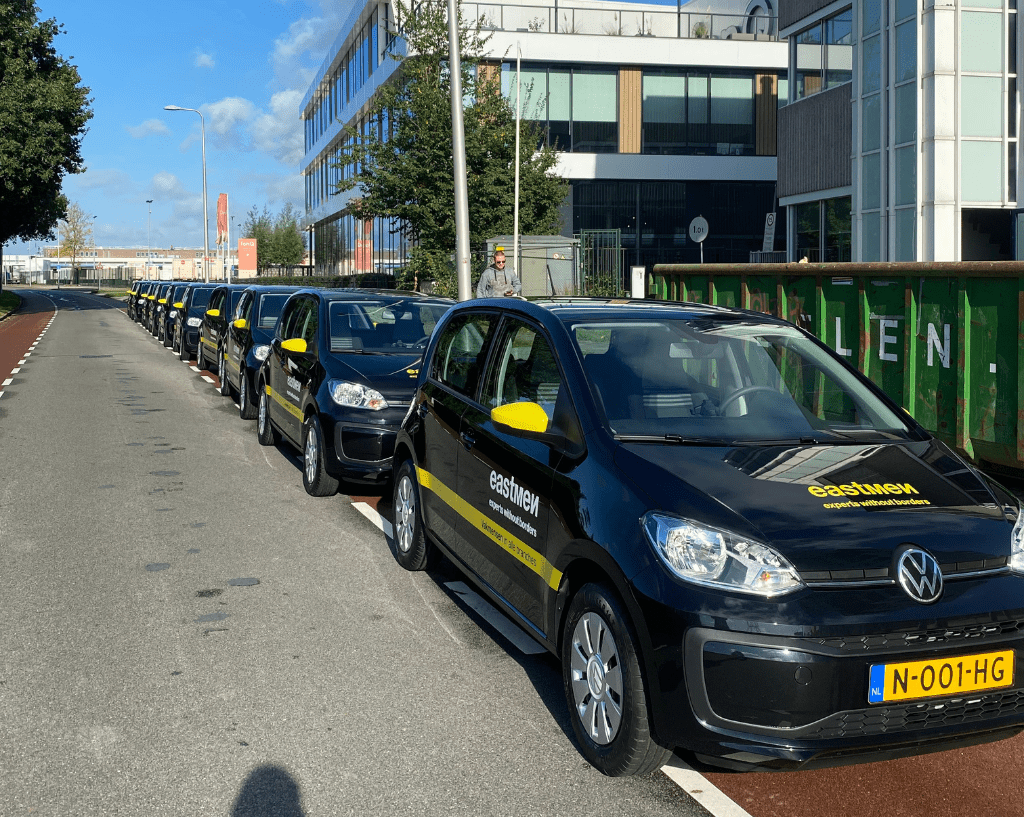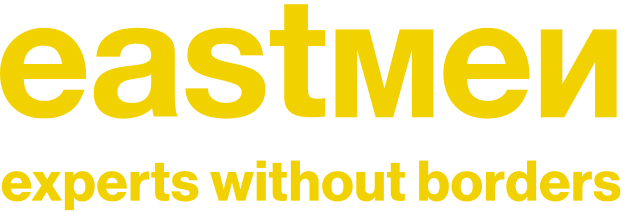IMPORTING A CAR INTO THE NETHERLANDS - STEP BY STEP PLAN
Did you decide to move to the Netherlands and you want to bring your vehicle with you? In order to apply for a Dutch registration number you need to be at least 18 years old, live in the Netherlands and be registered in the Dutch register of persons (BRP in Dutch) and fill the application in person by bringing your car to the RDW. Below you will find the steps to follow in order to successfully import your car into the Netherlands.
STEP 1 - SUBMIT AN IMPORT DECLARATION
If you are moving from a European Union (EU) country, you do not need to submit an import declaration because free movement of goods applies. This means that you don’t need to pay any import duties nor declare your car to Customs.
If you are moving from a non-EU country you need to submit an import declaration to Customs but you do not need to pay tax because your car is considered part of your household. You can find all the information you need to know here.

STEP 2 - MAKE A VEHICLE INSPECTION APPOINTMENT AT AN RDW INSPECTION FACILITY
Making an appointment is only available in Dutch and you need your Digid or eHerkenning for it. You will need to bring your ID and the original foreign registration certificate with you and of course, your car.
Bringing the car needs some arrangements, as you are not allowed to drive a car with foreign registration plates if you are registered in BRP and the car is registered on your name.
You have 3 options to bring your car:
- If you have a BSN you can apply for an exemption for vehicle tax (bpm en mrb in Dutch) on the tax authority website (Belastingdienst in Dutch). This must be done upfront and is valid for 2 weeks starting from the moment the car has entered the Netherlands. The exemption means that you do not have to pay tax for these 2 weeks but you should still have car insurance from abroad.
- You can apply for a one-day registration at the Dutch vehicle registration register (RDW in Dutch) after you made an inspection appointment. This will allow you to drive to the inspection facility and back. This registration is free and you can request it with your Digid. Keep in mind that you will need a Dutch third party insurance for that day and you need to make your own plates from cardboard for instance.
- You can hire a trailer to bring your car to the appointment. This option doesn’t require having insurance.
STEP 3 - GO TO THE INSPECTION APPOINTMENT

You will need to attend the appointment in person and bring your ID, the original foreign vehicle registration certificate together with a photocopy of it and the certificate of conformity, if you have one. If you are moving from a non-EU country you also need to bring the import document given by Customs. This document must not be older than 12 months and state that the car is part of your household.
You will need to pay for the inspection and the registration based on the type of car, the manufacturing year and where it is from. For an approximation of the costs you can contact the customer service department here.
If you still have a valid foreign approval certificate (APK in Dutch) the expiration date can be taken over by the RDW. The APK needs to be from an EU or EFTS country where the vehicle was registered and you need to show the APK report, an indication on the submitted registration certificate or a sticker on the foreign number plate.
STEP 4 - SUBMIT A TAX RETURN (BMP RETURN)
STEP 5 - PAY ROAD TAX AND TAKE OUT A DUTCH INSURANCE
Submitting the bmp return can only be done on paper and you will need your BSN for it. After approval, you will receive a registration certificate within 5 working days and a letter with your registration code the day after. If in the future you would like to sell your car, you will need this code, so make sure you store it safely.
If you had an APK whose expiration date was taken over by the RDW, you do not need to do anything else for it. If the RDW carried out an APK inspection, you will receive the report or if you choose to have the inspection done by another garage you must do this 1 day after you receive the new registration certificate.
Each owner of a car registered in the Netherlands needs to pay motor vehicle tax (mrb in Dutch). This can be paid monthly or quarterly and the amount depends on a few things like the vehicle’s weight. You will receive a letter from the Tax authority regarding the amount and when you will need to pay.
Having a third party liability insurance (WA verzekering in Dutch) is mandatory for all cars registered in the Netherlands. There are a lot of websites where you can compare different insurances by different insurance companies. If your car was insured abroad, you can cancel that insurance.
STEP 4 - SUBMIT A TAX RETURN (BMP RETURN)
Submitting the bmp return can only be done on paper and you will need your BSN for it. After approval, you will receive a registration certificate within 5 working days and a letter with your registration code the day after. If in the future you would like to sell your car, you will need this code, so make sure you store it safely.
If you had an APK whose expiration date was taken over by the RDW, you do not need to do anything else for it. If the RDW carried out an APK inspection, you will receive the report or if you choose to have the inspection done by another garage you must do this 1 day after you receive the new registration certificate.
STEP 5 - PAY ROAD TAX AND TAKE OUT A DUTCH INSURANCE
Each owner of a car registered in the Netherlands needs to pay motor vehicle tax (mrb in Dutch). This can be paid monthly or quarterly and the amount depends on a few things like the vehicle’s weight. You will receive a letter from the Tax authority regarding the amount and when you will need to pay.
Having a third party liability insurance (WA verzekering in Dutch) is mandatory for all cars registered in the Netherlands. There are a lot of websites where you can compare different insurances by different insurance companies. If your car was insured abroad, you can cancel that insurance.
STEP 6 - HAVE DUTCH LICENCE PLATES MADE
You can do this by a RDW recognized manufacturer. You can view a map here. Choose ‘Kentekenplaten laten maken’ for a list of recognized manufacturers near you. The costs are normally between 25 and 45 euro. After you receive your Dutch licence plates you can drive on Dutch roads.

CONCLUSION
Importing a car into the Netherlands requires you to meet some conditions and to follow some steps. If you want to bring your car with you from an EU country, you can do so without having to pay import taxes. If your car comes from a non-EU country you also do not need to pay import taxes but you do need to submit an import declaration. The steps after that are basically the same and require you to attend an appointment and have the right documents with you. After your car has been approved you need to pay tax, get an insurance and your new licence plates. After that you are good to go.
If you don’t want to bring your car with you yet you can apply for one of our jobs and you can rent a car from us. We even give you free fuel!

